Network Cable Installation Costs
Understanding the factors influencing the cost of network cable installations can help in planning and budgeting for infrastructure upgrades or new setups. This page provides detailed insights into the various elements that impact pricing, along with visual representations and comprehensive service comparisons.
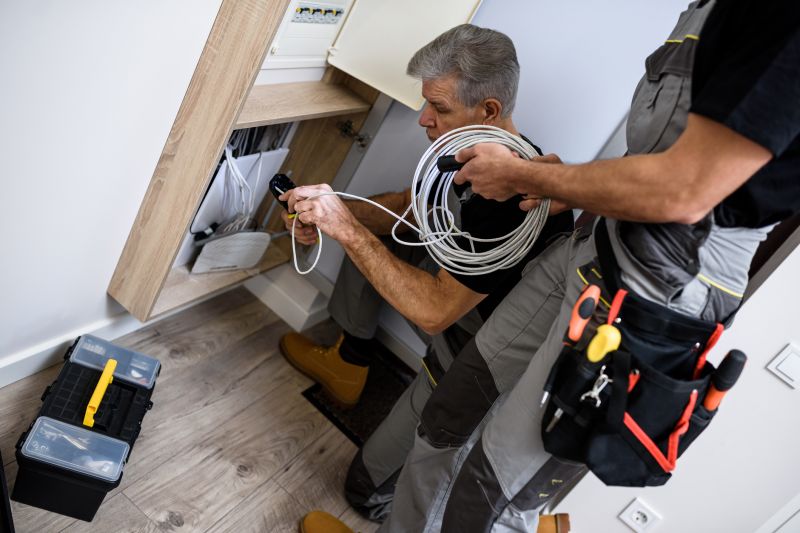
Larger buildings or complex layouts increase installation time and materials needed, affecting overall costs.
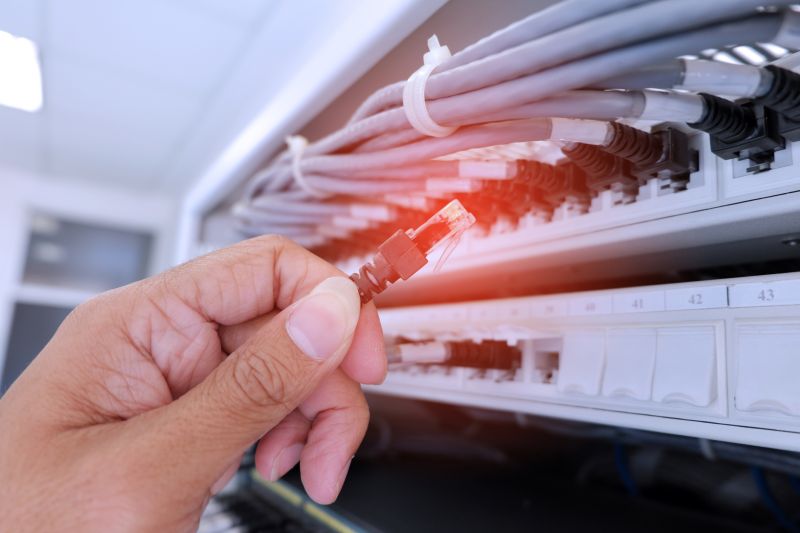
Different cable types, such as Cat6 or fiber optic, have varying costs based on performance and durability.
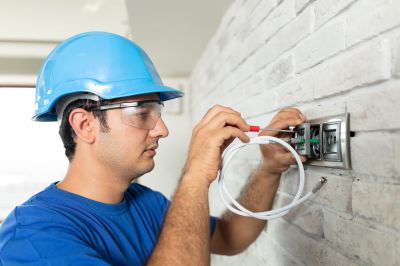
Difficult access points or obstructions like walls and ceilings can raise labor and material expenses.
| Factor | Impact on Cost |
|---|---|
| Building Size | Larger areas require more cable and labor, increasing costs. |
| Cable Type | Higher-performance cables cost more but may be necessary for specific needs. |
| Installation Complexity | Obstacles and difficult access points add to labor expenses. |
| Number of Outlets | More outlets require additional wiring and hardware, raising costs. |
| Existing Infrastructure | Pre-existing wiring or conduits can reduce installation time and expenses. |
| Labor Rates | Regional labor costs influence the overall price. |
| Permitting and Inspection | Required permits and inspections can add to project costs. |
| Project Timeline | Expedited projects may incur higher fees. |
Additional expenses may include permits, inspections, and specialized equipment for complex setups. Selecting the right cable type and installation method can optimize performance and cost-efficiency. Accurate estimates should account for potential unforeseen challenges, especially in older or structurally complex buildings.
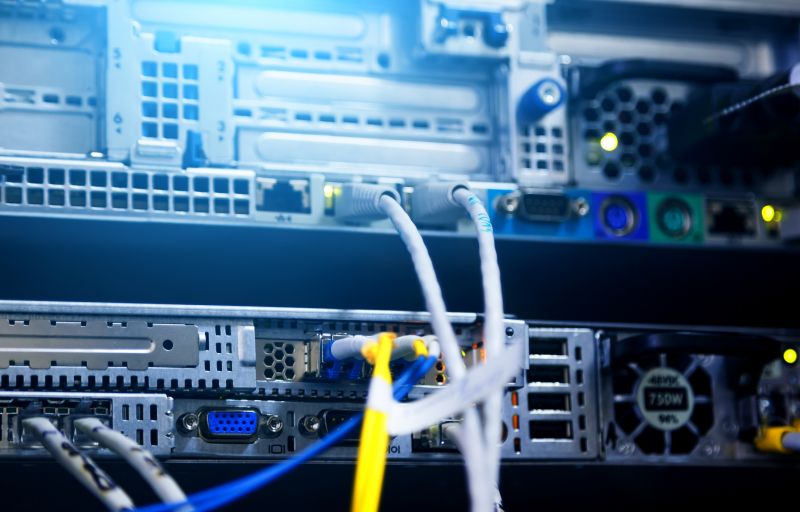
Costs depend on the number of connections and testing requirements to ensure network integrity.
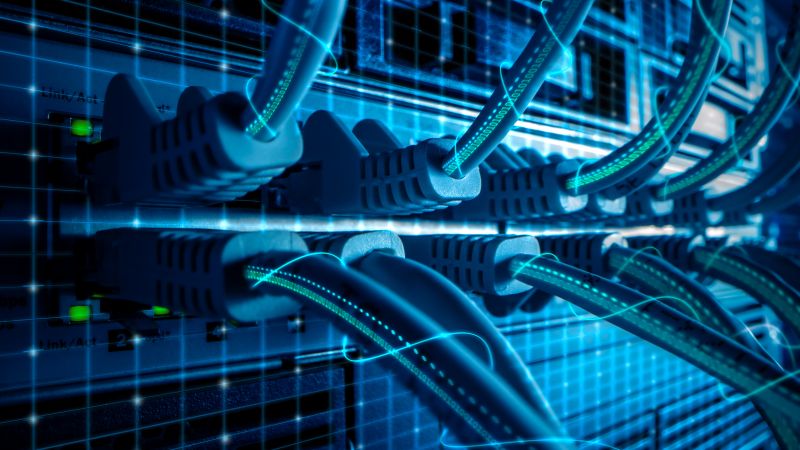
Additional hardware installation adds to the overall project expenses.
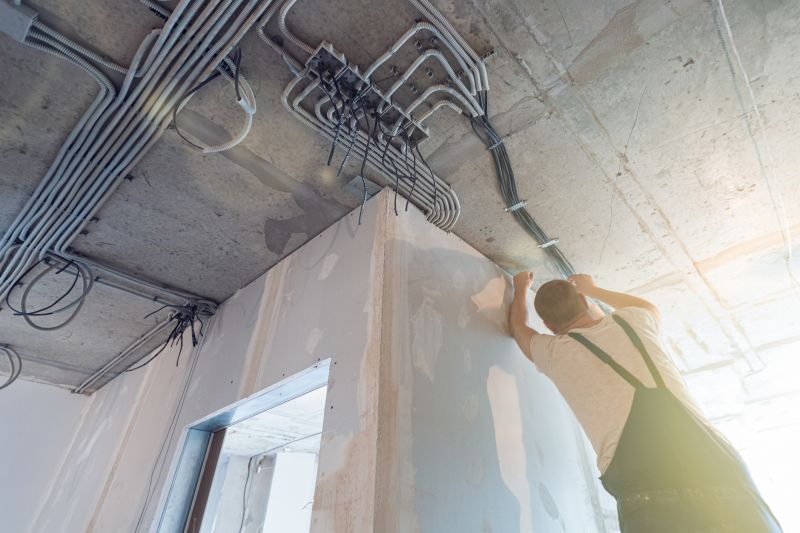
In-wall wiring requires specialized labor and materials, influencing costs.
| Service | Average Cost |
|---|---|
| Basic Ethernet Wiring | $1,000 - $3,000 |
| Fiber Optic Cable Installation | $3,000 - $10,000 |
| Network Outlet Installation | $150 - $300 per outlet |
| In-wall Cable Routing | $2 - $4 per linear foot |
| Cable Testing and Certification | $200 - $500 |
| Rack and Hardware Setup | $500 - $2,000 |
| Wireless Access Point Installation | $150 - $400 |
| Network Switch Installation | $300 - $1,200 |
| Patch Panel Installation | $200 - $600 |
| Conduit Installation | $3 - $7 per linear foot |



